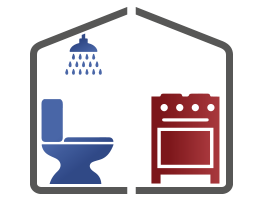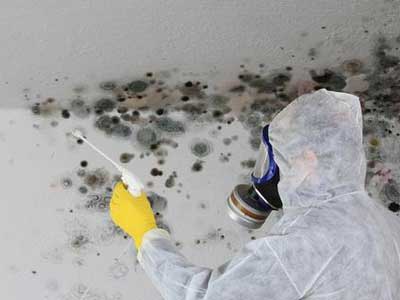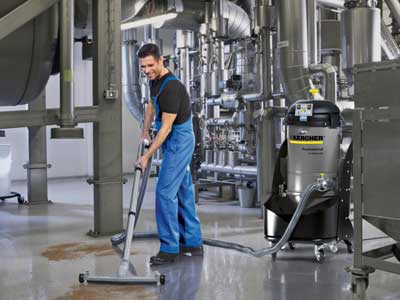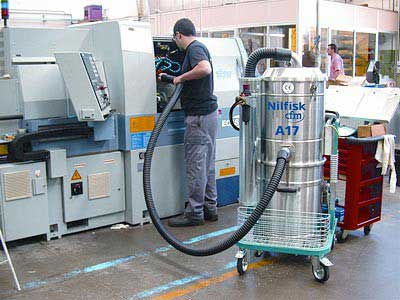There are no articles in this category. If subcategories display on this page, they may have articles.
Commercial cleaning is a broad term predominantly used by cleaning companies who earn an income by being contracted by individuals, businesses, or corporations to carry out cleaning jobs in a variety of premises. Cleaning companies can be found in virtually every town and city in the world, with a higher concentration in affluent regions. Typically these companies market their services via a professional sales force, advertising, word of mouth, or websites.
Related Services

Accidental Damage Restoration

Alternative Accommodation

Contents Validation

Drying Equipment Hire

Escape of Water Restoration

Fire Restoration

Flood Restoration

High Net Worth Property Restoration

Leak Detection









JAN-PRO
08 June 2025
- Spring Commercial Cleaning Preparation: Early Steps to a Thorough and Efficient Cleanup
- Why Commercial Vacuums Are a Must-Have for Professional Cleaning Efficiency
- Air Duct Commercial Cleaning: Tips for a Healthier and Cleaner Workspace
- Create an Effective Commercial Cleaning Checklist for Shared Workspaces
- Professional Cleaning Services for Medical Facilities: What You Need to Know
